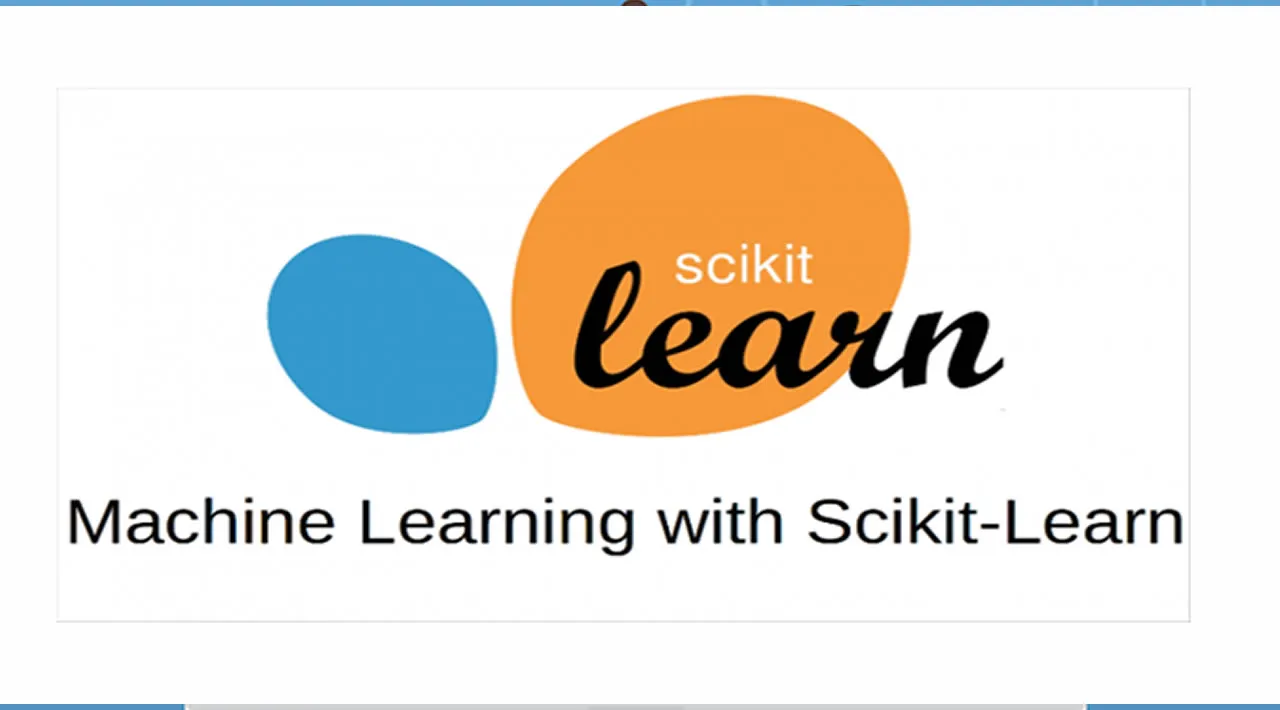Undoubtedly, Scikit-learn is one of the best machine learning libraries available today. There are several reasons for that. The consistency among Scikit-learn estimators is one reason. You cannot find such consistency in any other machine learning library. The .fit()/.predict() paradigm best describes the consistency. Another reason is that Scikit-learn has a variety of uses. It can be used for classification, regression, clustering, dimensionality reduction, anomaly detection.
Therefore, Scikit-learn is a must-have Python library in your data science toolkit. But, learning to use Scikit-learn is not straightforward. It’s not simple as you imagine. You have to set up some background before learning it. Even while you learning Scikit-learn, you should follow some guidelines and best practices. In this article, I’m happy to share 9 guidelines that worked for me to master the Scikit-learn without giving up the learning process in the middle. Whenever possible, I will include the links to my previous posts which will help you to set up the background and continue to learn the Scikit-learn.
#data-science #scikit-learn #machine-learning #unsupervised-learning #supervised-learning
